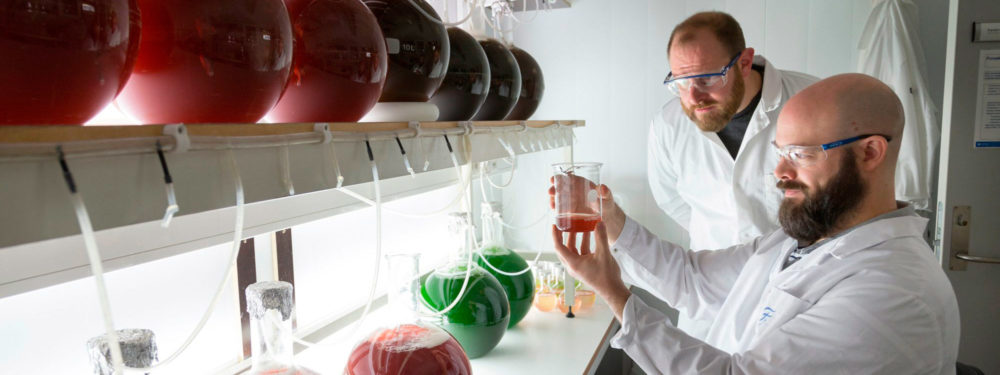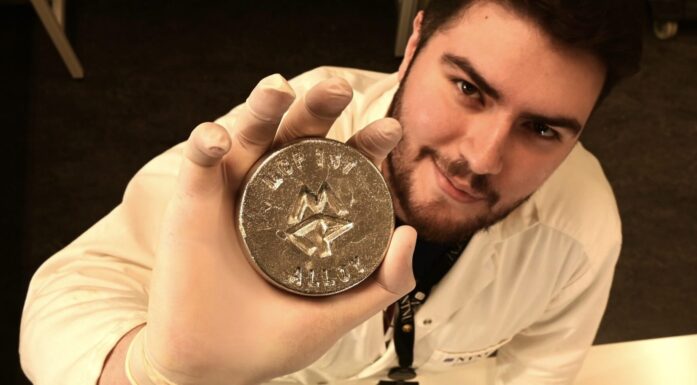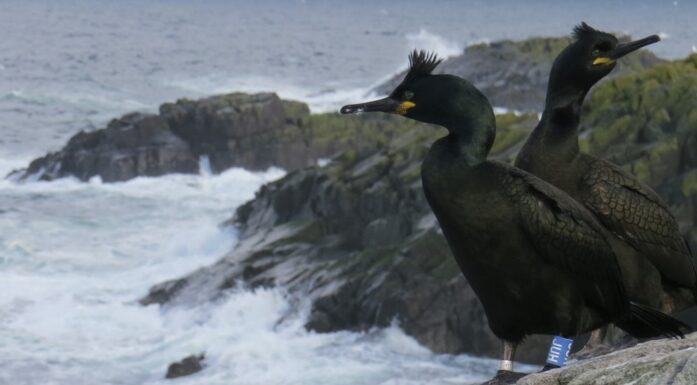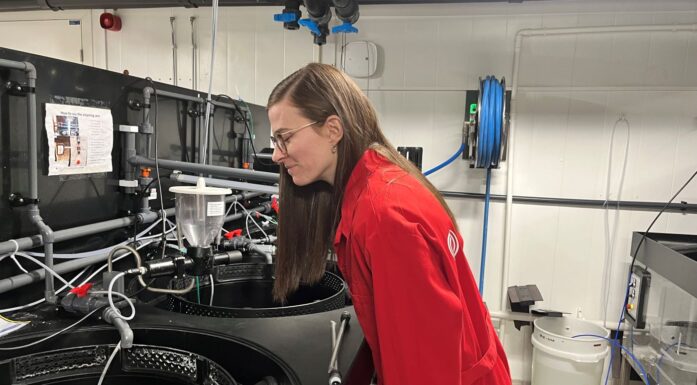Researching the dark side of microplastics
Minute particles of plastic, called microplastics, are everywhere. An international research team is now about to investigate how toxic microplastics are to marine animals such as plankton, crabs and fish, and to find out if such plastics accumulate in the food chain.
Annually, about 300 million tonnes of plastic are manufactured worldwide and, according the Norwegian Environment Agency, production is on the increase. The problem with plastic, compared with other paper and food waste discarded into the sea, is that is doesn’t decompose, but accumulates in the environment. More accurately, a plastic bottle thrown into the sea will break down gradually over time, but only to generate another problem – invisible plastic particles known as microplastics.
Facts about microplastics and the Plastox project
In 2014, the UN Environment Assembly approved a Norwegian proposal to develop global measures to counteract marine pollution and microplastics.
According to the report "Sources of microplastic pollution to the marine environment", about 8,000 tonnes of microplastics are generated in Norway each year. The primary source is from the wear and tear of car tyres. About half of this material finds its way into the sea. Microplastics are now prohibited in an increasing number of cosmetic products, and were banned in the USA last year.
Plastox is one of several projects commissioned and partly funded by the Joint Programming Initiative Healthy and Productive Seas and Oceans (JPI Oceans). This is a European programme involving 22 member countries, all of which are conducting research into the environment in European oceans. The aim of JPI Oceans is to expose gaps in our knowledge about microplastics and to develop standardised methodologies that can be applied to research in this field.
The project will carry out many laboratory experiments designed to see how microplastics impact on marine species. It will also be conducting a long-term series of observations in European oceans, from the Mediterranean to the Norwegian Sea.
“Most of us are familiar from photos of dead seabirds with plastic fragments in their stomachs, but we are less aware that they have also ingested microplastics”, says Andy Booth, a SINTEF research scientist specialising in marine environmental technology. “We know little about their impacts and how toxic microplastics are to fish and other animals”, he says. Booth is Project Manager for a research project called Plastox, which involves 15 partners from 12 European countries.
“For example, what happens to a cod that ingests microplastics, and how much is required before the fish changes its behaviour? And do microplastics bind with other substances that are harmful to the fish?” he asks.
Impacts on perch
Andy Booth notes that interest in microplastics in growing fast. He himself has been asked to speak on the subject at the UN in New York and at the European Parliament in Brussels. And this year the first international conference on microplastics will be arranged.
He tells Gemini that the results of the first studies aimed at looking into whether microplastics are harmful to organisms were published in 2012. But the most comprehensive study was published in Nature this year. Swedish researchers looked into how microplastics impacted on perch, and found that fewer eggs hatched into fish. The fish were also less active and swam less vigorously.
“The results from the Swedish study are significant”, says Booth. “And it is the first to demonstrate that microplastics can impact on fish health”. He goes on to say: “As part of the Plastox project we’ll also be looking into whether microplastics can accumulate in the food chain in the same way that substances such as mercury do”.
Where do microplastics come from?
Microplastics are derived from two main sources. The main source is minute plastic particles less than 5 mm in diameter that are used as additives in products such as cosmetics, toothpaste and textiles. Water purification plants are not equipped to filter out such small particles, so they end up in the sea. The other source is the formation of minute plastic particles following the prolonged decomposition of discarded plastic items.
When Booth talks about the Plastox project, he is most concerned about what we don’t know about microplastics. In fact, the aim of this far-reaching project is to attempt to plug some of the holes in our knowledge. The main objective is to find out whether microplastics are toxic or harmful to a range European marine animals – from plankton to crabs, mussels and fish.
Plastic everywhere
So while we know very little about the harmful effects of microplastics, we do know a lot about where they are found. Research during the last decade has shown that they occur both in our surroundings and in fish and other animals. Or as Booth puts it:
“Plastic and microplastics are everywhere, from the chair you’re sitting in to your PC. Microplastics also exist as a fine dust of fibres carried on the air. “Many are curious about how microplastics affect people, but right now we’re completely in the dark”, he says.
The Plastox project will also be looking into how microplastics bind with environmental toxins, and vice versa. Marine plastic waste in the form of microplastics may contain environmental toxins derived from colouring or other chemicals. The particles can also accumulate such toxins by binding with them. It has been shown that environmental toxins can be released from microplastics in the stomachs of animals.
A need for standardised methodologies
A problem facing microplastics research is the lack of a good definition of what microplastics really are. They are made up of polymer particles less than 5 mm in diameter. The polymers are used as raw materials not only in plastics, but also in rubber, elastomers, fibres, adhesives, paints and varnishes. “But do microplastics include all polymers, or just some of them?”, asks Booth.
Furthermore, there are currently no standardised methodologies for measuring the occurrence of microplastics in the same way as we have for substances such as chemicals.
“Our objective is to develop universal standardised approaches that will make data comparisons easier”, says Booth “We have to find out how microplastics can be measured. For example, should we be measuring the total number of particles, or their surface areas?”, he says.
Getting hold of microplastics
A further challenge for the researchers has been obtaining microplastic material. In previous experiments they have often used finely powdered pellets. However, the Plastox project will obtain marine waste which will be ground down to form microplastic particles.
“In order to understand what’s happening in the marine environment, it’s important that the microplastics we use in our experiments are as close as possible to the material that living organisms are exposed to in nature”, says Booth.





